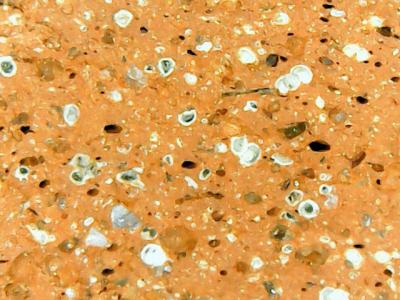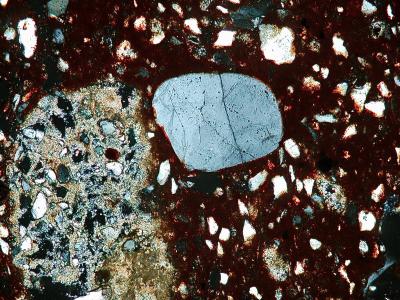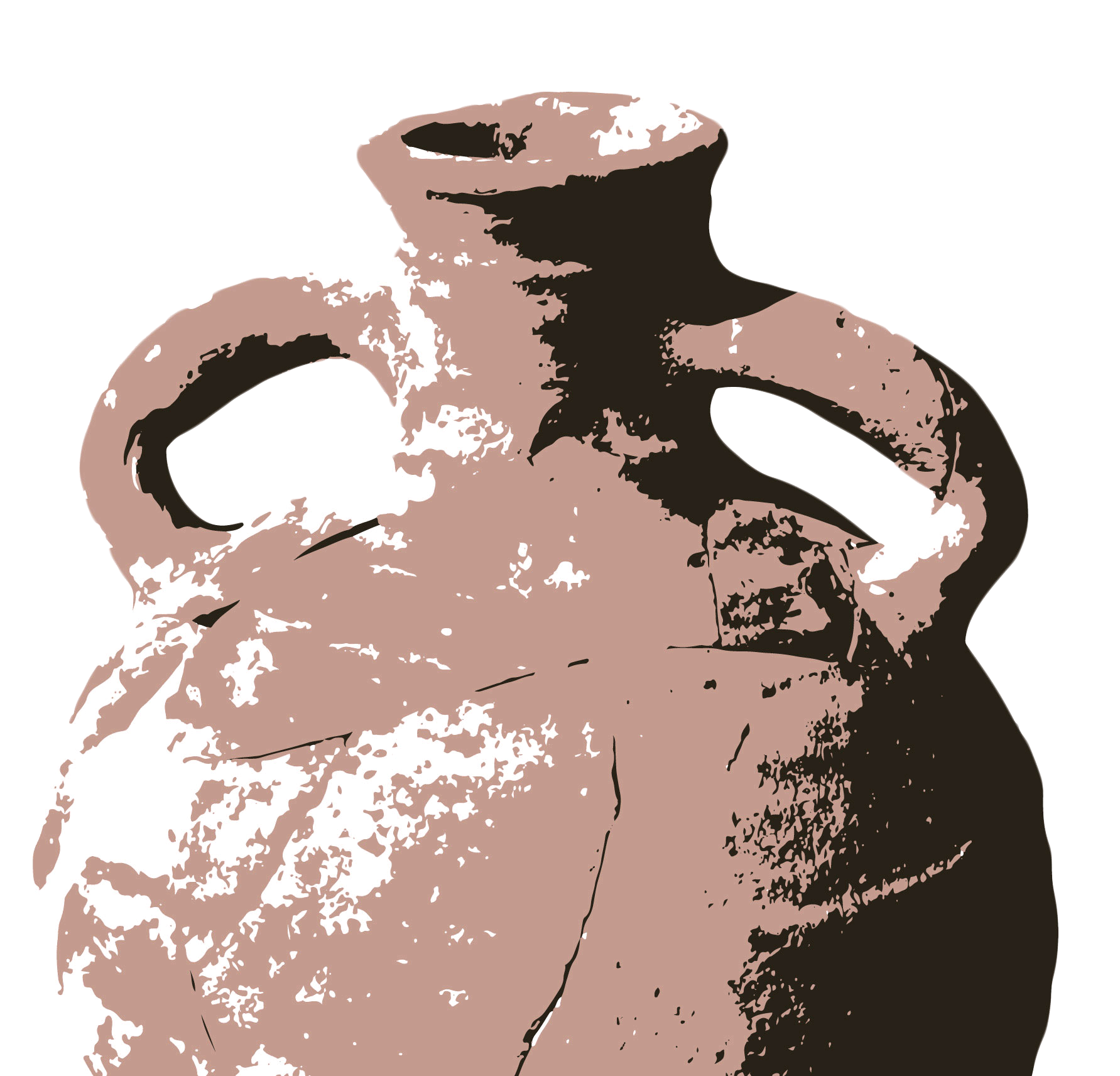Mineralogical, petrographic, and chemical analysis on selected ceramics allow to detect the sources of the clay beds used, enhancing the chances of distinguishing imports from local products. They also help to investigate crafting technologies and detect faint foodstuff traces, improving our understanding ancient economy and diet.
- Thin sections. A 2cm ceramic sample is reduced to 30 microns and studied under a polarizing microscope. Light passes through the minerals, releasing their optical properties and facilitating their recognition. Dr Claudio Capelli will analyze the thin sections. For more information about thin sections, see Quinn, P.S. (2013), Ceramic Petrography: The Interpretation of Archaeological Pottery & Related Artefacts in Thin Section, Oxford: Archaeopress.



- Whole Rock Analysis + ICP. A c. 5gr ceramic sample is hand pulverized in an agate mortar with a pestle and then fused by a robot that employs a lithium metaborate/ tetraborate fusion. The resulting molten bead is rapidly digested in a weak nitric acid solution. The fusion ensures that the entire sample is dissolved. It is only with this attack that major oxides, including SiO2, refractory minerals, REE, and other high-field strength elements, are put into solution. The analysis is by ICP-OES and ICP-MS. The quality of the data is exceptional and can be used for the most exacting applications. WRA + ICP analysis will be carried out at the Actlabs.
